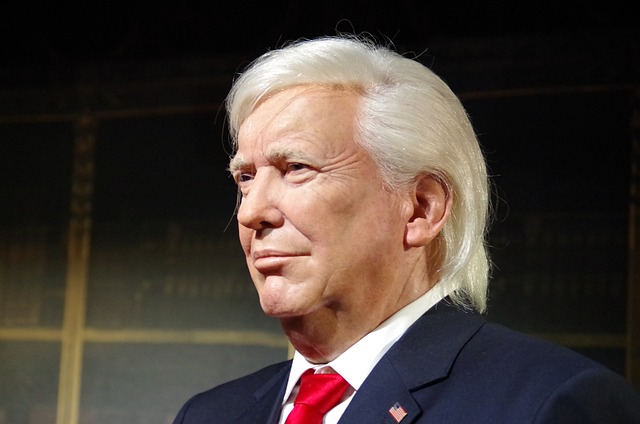Former President Donald Trump has once again stirred political debate by suggesting he might seek a third presidential term in 2028 — an idea that is clearly unconstitutional under the Twenty-second Amendment. Despite that, Trump appears intent on keeping the topic alive, offering vague but provocative statements that keep both supporters and critics guessing.
Recently, after close ally Steve Bannon hinted that a plan might exist for Trump to run again, the former president seemed to toy with the notion. When asked by reporters aboard Air Force One about the possibility of running as vice president or seeking a third term, Trump said, “I would love to do it. I have the best numbers ever,” before refusing to rule it out. His comments, characteristically ambiguous, have reignited discussions about his long-term political ambitions.
The Strategy Behind the Third-Term Talk
For Trump, the suggestion of a third term serves a strategic purpose. Even if he never intends to attempt it, the idea helps him maintain influence and authority within the Republican Party. By keeping speculation alive, he resists the traditional “lame-duck” label that inevitably attaches to presidents in their second term — leaders who can no longer run for re-election and therefore lose political leverage.
Political analysts have long noted that presidents barred from running again gradually see their influence fade as attention turns to their successors. Trump, however, thrives on control and dominance, and keeping his followers uncertain about his future maintains his grip over the party.
The notion also plays into Trump’s well-known style of trolling and disruption. He has often blurred the line between serious political strategy and attention-grabbing theatrics. Even if talk of a third term is unrealistic, it ensures the conversation continues to revolve around him — something Trump has always managed to do with remarkable consistency.
Avoiding the Lame-Duck Label
In Washington, the phrase “lame duck” typically refers to the short period between an election and the inauguration of a new president. Yet, in a broader sense, it also applies to second-term presidents, who lose some political capital because lawmakers and power brokers begin planning for a post-presidency future.
Scholars such as John C. Fortier and Norman J. Ornstein have argued that this dynamic weakens the presidency, particularly during midterm elections, when the ruling party often loses congressional seats. With the 2026 midterms on the horizon, Trump has every reason to keep Republicans unified and focused on his leadership — not on who might come next.
While few GOP lawmakers openly distance themselves from Trump, subtle shifts are emerging. Some figures within the MAGA movement, like Representative Marjorie Taylor Greene, appear to be positioning themselves as heirs to the populist mantle. Meanwhile, conservative media figures are beginning to speculate about what the post-Trump era might look like.
Power, Perception, and Control
Trump’s enduring influence relies heavily on the perception of power — particularly the fear of political retaliation. As his term progresses, however, those who once hesitated to challenge him may begin to calculate that his power is fading. By floating the idea of a third term, Trump plants doubt: perhaps he isn’t done after all.
Whether or not he ever attempts such a move, the symbolic value is clear. The talk of a third term reinforces Trump’s image as a leader unwilling to bow to limits, legal or otherwise. It keeps his movement energized, his opponents uneasy, and his future open-ended.
In reality, a third term remains legally impossible — but politically, the idea itself is the weapon. As long as it serves his interests, Trump will keep using it to remind America that, in his world, nothing is ever truly off the table.




